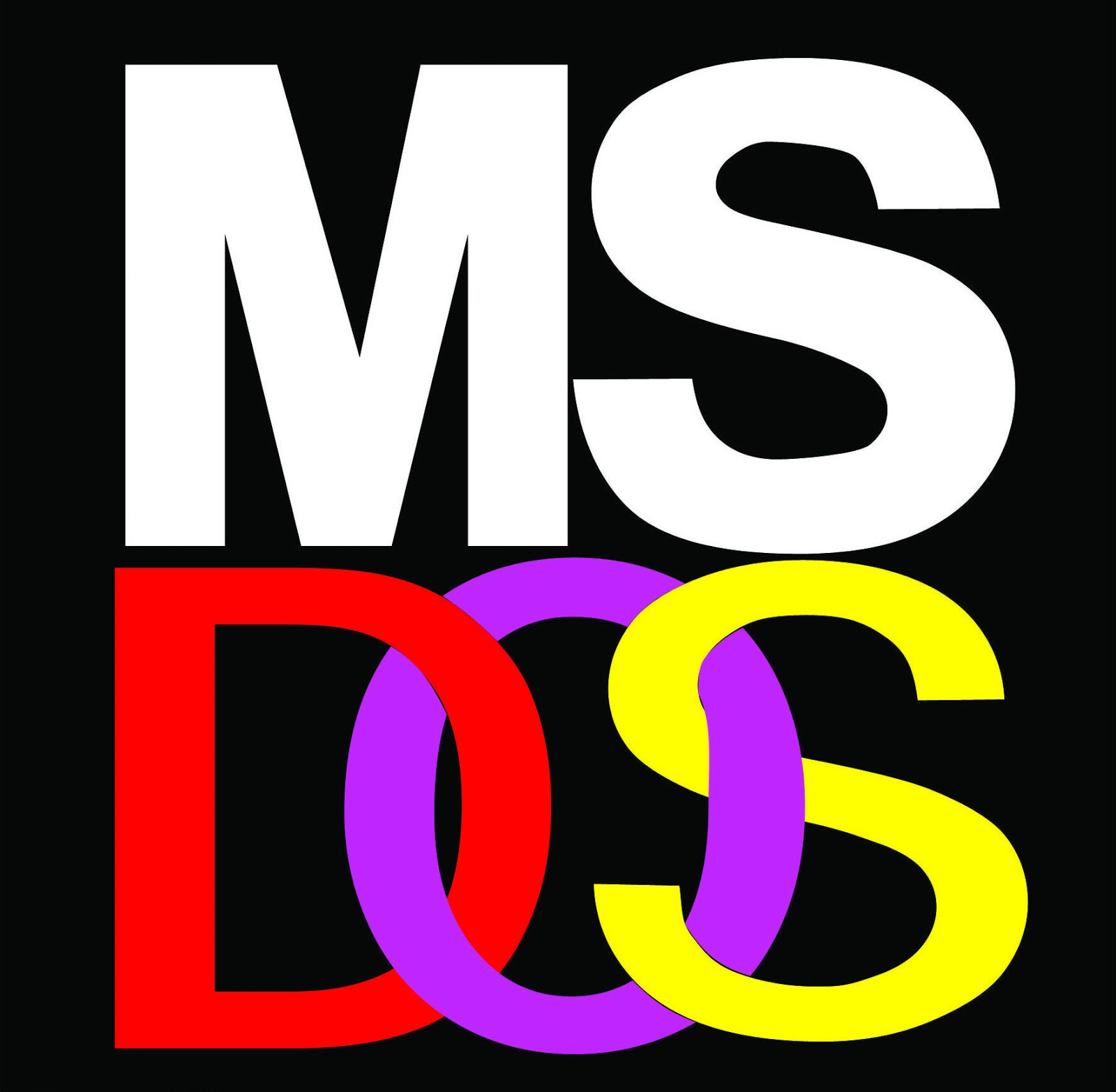MS-DOS, or Microsoft Disk Operating System, is a fundamental part of computing history that shaped the evolution of personal computers. In this article, we will explore the intricacies of MS-DOS, its significance, and how it laid the groundwork for modern operating systems. From its inception in the early 1980s to its lasting impact on technology, this guide will provide a comprehensive overview of MS-DOS, making it an essential read for both tech enthusiasts and professionals.
As we delve into the world of MS-DOS, we will discuss its features, commands, and the role it played in the development of future operating systems. With a focus on expertise, authoritativeness, and trustworthiness, this article will ensure that you leave with a clear understanding of MS-DOS and its place in computing history.
Whether you're revisiting the past or discovering MS-DOS for the first time, this guide will serve as your go-to resource. Join us as we unlock the secrets of MS-DOS and uncover why it remains a relevant topic in today's tech landscape.
Table of Contents
- What is MS-DOS?
- History of MS-DOS
- Features of MS-DOS
- Common MS-DOS Commands
- MS-DOS and Modern Operating Systems
- MS-DOS in the 21st Century
- Troubleshooting MS-DOS
- Conclusion
What is MS-DOS?
MS-DOS, short for Microsoft Disk Operating System, is an operating system that was widely used in the early days of personal computing. Developed by Microsoft, it was designed to be a simple, command-line interface that allowed users to execute tasks and manage files on their computers. Unlike modern graphical user interfaces (GUIs), MS-DOS relied heavily on text-based commands, requiring users to have a good understanding of the command syntax.
MS-DOS played a crucial role in the development of personal computers, enabling users to interact with their hardware and software effectively. It was the backbone of many early applications and games, and its influence can still be seen in today's operating systems. Understanding MS-DOS is essential for anyone looking to grasp the fundamentals of computer science and operating systems.
History of MS-DOS
The history of MS-DOS dates back to the early 1980s when Microsoft acquired a small operating system called QDOS (Quick and Dirty Operating System) from Seattle Computer Products. Microsoft modified QDOS and rebranded it as MS-DOS, which was released in 1981 as the operating system for IBM's first personal computer.
Over the years, MS-DOS underwent several revisions, with MS-DOS 2.0 being a significant update that introduced support for hard drives and better memory management. By the late 1980s and early 1990s, MS-DOS was the dominant operating system for personal computers, but it eventually faced competition from Windows, which provided a more user-friendly graphical interface.
Features of MS-DOS
MS-DOS was known for its simplicity and efficiency. Some of the key features of MS-DOS include:
- Command-Line Interface: MS-DOS operated through a text-based command-line interface, allowing users to input commands directly.
- File Management: Users could create, delete, and manipulate files and directories using simple commands.
- Batch Files: MS-DOS allowed the creation of batch files, which are scripts that automate repetitive tasks.
- Memory Management: MS-DOS managed memory effectively, even in the limited environments of early PCs.
Common MS-DOS Commands
Understanding MS-DOS commands is essential for anyone looking to navigate the operating system effectively. Here are some of the most commonly used commands:
- DIR: Displays a list of files and directories in the current directory.
- CD: Changes the current directory.
- COPY: Copies files from one location to another.
- DEL: Deletes specified files.
- MOVE: Moves files from one location to another.
MS-DOS and Modern Operating Systems
While MS-DOS is no longer widely used as a standalone operating system, its legacy lives on in modern operating systems. Windows, for example, was built on the foundations of MS-DOS, and many of its command-line features can still be accessed through the Command Prompt. Understanding MS-DOS can provide valuable insights into how modern operating systems function.
MS-DOS in the 21st Century
Even in the 21st century, MS-DOS remains relevant. It is often used in embedded systems, disk utilities, and recovery environments. Many developers and IT professionals still utilize MS-DOS commands for troubleshooting and system maintenance. Additionally, modern programming environments often include emulators that allow users to run MS-DOS applications.
Troubleshooting MS-DOS
Troubleshooting in MS-DOS can be a straightforward process if you understand the common issues that may arise. Some tips for troubleshooting include:
- Check for typos in commands.
- Ensure that the correct drive or directory is being accessed.
- Use the HELP command for guidance on command syntax.
- Look for error messages and consult documentation for solutions.
Conclusion
In conclusion, MS-DOS is more than just an operating system; it is a pivotal part of computing history that paved the way for the technology we use today. By understanding its features, commands, and legacy, you gain insight into the evolution of operating systems and the importance of command-line interfaces.
We encourage you to explore MS-DOS further, whether through practical experience or by reading additional resources. If you found this article helpful, please leave a comment, share it with others, or check out more articles on our site!
Thank you for joining us on this journey through the world of MS-DOS. We hope to see you again soon!
You Might Also Like
Lace On Underwear: A Timeless EleganceNo Country For Old Men Ending Explained: A Deep Dive Into The Final Moments
Dungeness: The Ultimate Guide To This Unique Ecosystem
Do Dogs Have Periods? Understanding Canine Reproductive Cycles
JTV Jewelry: The Ultimate Guide To Affordable Luxury
Article Recommendations
- Growth Hacking_0.xml
- Girl Meets World Cast
- Collision Repair Before And After
- Sheryl Lowe Age
- Global Impact_0.xml
- Lola Consuelos Weight Loss Ozempic
- Ne Yo
- Balanced Lifestyle_0.xml
- Mia Hamm Soccer Player
- Mario Lopez


